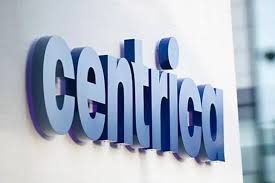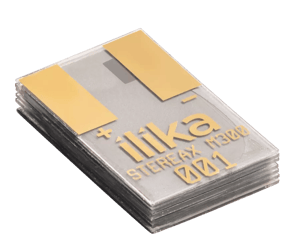Estee Lauder Companies, Inc. (NYSE: EL) is a titan in the consumer defensive sector, specifically within the household and personal products industry. With its headquarters in New York, this American company has established a global footprint by manufacturing, marketing, and selling a diverse range of beauty products. From skincare and makeup to fragrances and hair care, the company’s portfolio boasts iconic brands like Estée Lauder, Clinique, and M·A·C, among others. Despite its prestigious reputation, Estee Lauder faces a challenging financial landscape that presents both risks and opportunities for investors.
The company’s current market capitalization stands at $21.06 billion, with its stock priced at $58.53, reflecting a modest daily price change of 0.83 (0.01%). Over the past 52 weeks, Estee Lauder’s stock has experienced substantial volatility, fluctuating between $50.06 and $138.24. This volatility is also echoed in its technical indicators: the stock’s 50-day moving average is at $63.12, while the 200-day moving average is significantly higher at $77.75. An RSI of 43.25 indicates the stock is nearing oversold territory, potentially signaling a buying opportunity for those who believe in the company’s long-term growth prospects.
However, the company’s financial performance tells a more complex story. Estee Lauder has reported a negative revenue growth of -9.90%, and its earnings per share (EPS) is also in the red at -2.42. The return on equity stands at -15.98%, which may raise concerns about the company’s ability to generate profits from its equity base. Despite these challenges, the company maintains a free cash flow of over $1.57 billion, a vital cushion that could support future growth initiatives and operational needs.
A notable point for income-focused investors is Estee Lauder’s dividend yield of 2.39%. However, the sustainability of this dividend is questionable given the payout ratio of 471.43%, indicating that the company is paying out more in dividends than it earns in net income. This scenario often leads to dividend cuts unless the company can swiftly turn its financials around.
Analysts remain cautiously optimistic about Estee Lauder’s future. The consensus rating comprises 4 buy ratings, 22 hold ratings, and 2 sell ratings, suggesting a divided outlook. The average target price is $68.74, offering a potential upside of 17.44% from the current price level. The target price range varies from a low of $56.00 to a high of $120.00, reflecting the uncertainty and diverse opinions about the company’s recovery trajectory.
Estee Lauder’s forward P/E ratio of 26.05 suggests that investors are still willing to pay a premium for future earnings, banking on the company’s ability to bounce back. Although many valuation metrics like the PEG ratio and Price/Book are unavailable, the forward P/E indicates market confidence in the brand’s resilience and potential for growth.
For investors considering Estee Lauder, the key will be to weigh its strong brand and market position against current financial challenges. The company’s ability to navigate global economic headwinds, revitalize revenue growth, and manage its dividend strategy will be crucial in determining its future market performance. As such, Estee Lauder represents a compelling, albeit risky, opportunity for those with a higher tolerance for volatility and a belief in the long-term potential of the beauty industry.









































